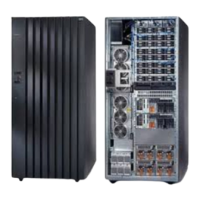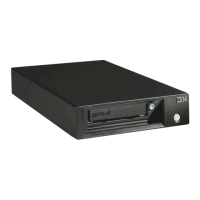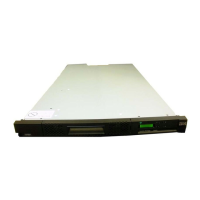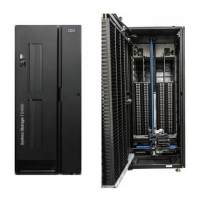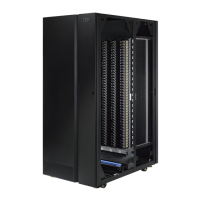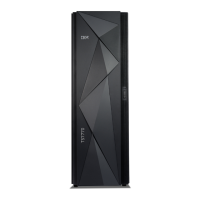v The AIX logical volume manager (LVM) provides methods that you can use at
any time without disrupting user access to the data. You might notice a small
performance degradation, but this is preferable to shutting down databases or
requiring users to log off the system.
Notes:
– AIX and HP-UX 11.xx ship with logical volume management (LVM)
software as part of the base operating system. LVM provides
complete control over all disks and file systems that exist on an AIX
system. HP-UX has similar volume management software.
– Sun Microsystems has a basic volume management product called
Solstice, which is available for the Solaris systems.
– Linux systems also use the LVM.
v
Methods that use backup and restore procedures generally have the most impact
on the system usage. They require that databases and file systems be in
quiescent states to ensure a valid snapshot of the data.
Considerations for replacing existing storage
There are various factors to consider (remapping, reformatting of disk drives,
partitioning) when replacing existing storage.
When you are replacing existing storage, partition the storage so that its virtual
disks are similar in configuration to the disk drives that they are replacing. New
configurations must be large enough to accommodate the existing data.
Note: You might want to take advantage of this opportunity to do some remapping.
The allocation and distribution of data does not have to be a straight
one-to-one relationship, although that is possible. For instance, you can take
advantage of using a maximum of 255 logical subsystems whereas the prior
limitation was 32 logical subsystems.
To provide integrity checking of data and to allow different operating systems to use
the storage unit, IBM formats the disks to a 524-byte sector. The 524-byte sector
replaces the traditional 512-byte sector of fixed-block architecture DDMs. The
524-byte sector format requires that you reformat all disks that you are migrating to
the storage unit. Because reformatting erases any data that is already contained on
the drives, you must back up the data to some form of temporary storage.
You can use these drives for either direct migration of data or as temporary storage
while the existing drives are moved. If this is not possible, use a removable media
device, such as a tape drive, to temporarily store the data while you reformat the
drives.
Reformatting open systems host DDMs
To provide integrity-checking of data and to allow different operating systems to use
the storage unit, IBM formats storage unit disks to a 524-byte sector.
The 524-byte sector replaces the traditional 512-byte sector of fixed-block
architecture disk drive modules (DDMs). The 524-byte sector format requires that
you reformat all disks that you are migrating to the storage unit. Because
reformatting will erase any data that is already contained on the drives, you must
back up the data to some form of temporary storage.
128 DS8000 User’s Guide

